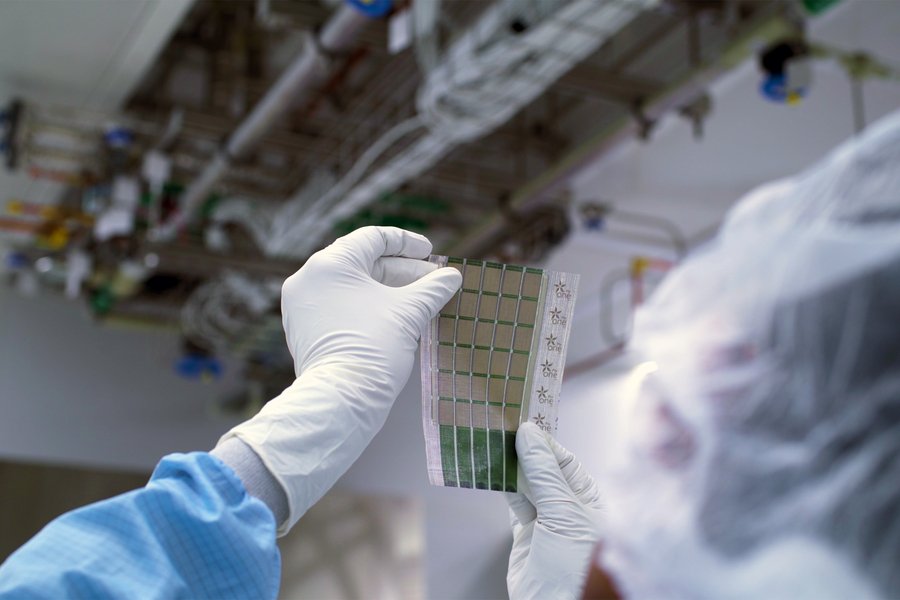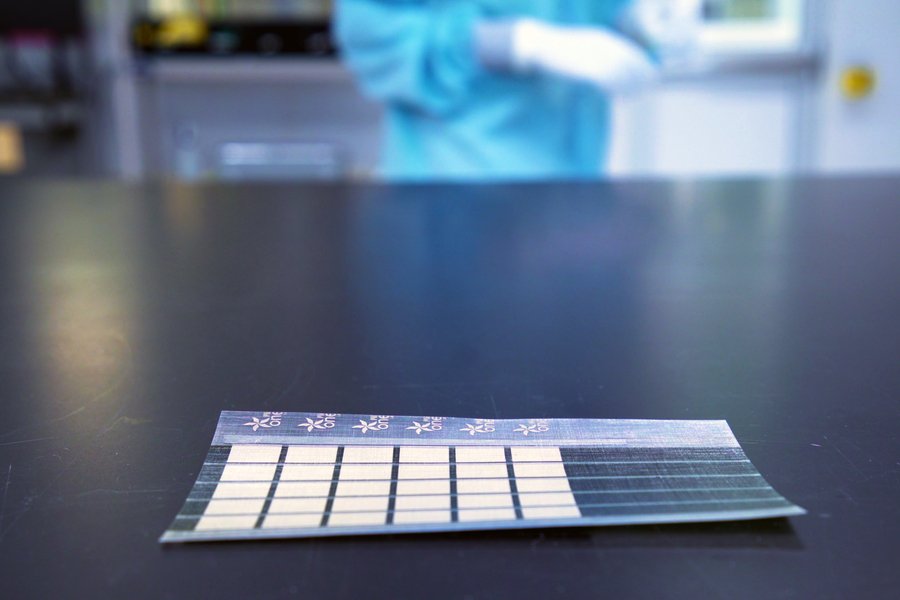Researchers at Oxford University have developed a groundbreaking new solar material that could revolutionize the industry. This ultra-thin material, made from perovskites, can be printed directly onto surfaces like cars, smartphones, and even backpacks.

The material is significantly more efficient than traditional silicon-based solar panels. In just five years, researchers have increased its power conversion efficiency from 6% to over 27%. This impressive achievement brings the material closer to the theoretical limits of single-layer photovoltaics.
One of the most significant advantages of this new material is its flexibility and thinness. It’s 100 times thinner than a human hair, making it easy to apply to a variety of surfaces. This could lead to a future where solar energy is generated on a much wider scale, from rooftops and cars to even mobile phones.

However, there are still challenges to overcome. Perovskites can degrade over time when exposed to moisture, oxygen, and light. Scientists are working to address these issues and improve the durability of this promising new material.
Overall, the development of this ultra-thin solar material represents a significant step forward in the field of renewable energy. It has the potential to make solar power more accessible and affordable, helping us to transition to a cleaner and more sustainable future.
Reference- Clean Technica, Interesting Engineering, Popular Science, PV Magazine, University of Oxford PR, MIT News, CNN






